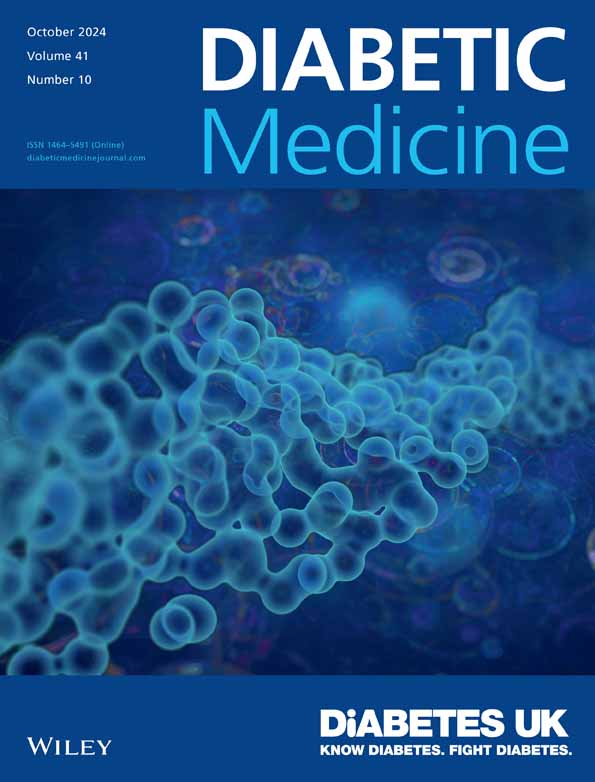Residual insulin secretion in long-standing type 1 diabetes
Abstract
Aims
Studies involving the use of sensitive C-peptide assays have revealed that a significant number of persons with long-standing type 1 diabetes have measurable serum C-peptide concentrations. We investigated meal-stimulated C-peptide levels in persons with diabetes duration of more than 30 years and whether they were associated with the presence of diabetes-associated autoantibodies.
Methods
This was an observational study of 105 participants with a clinical diagnosis of type 1 diabetes and a diabetes duration ≥30 years. Participants underwent mixed-meal tolerance tests (MMTTs) with measurements of C-peptide at 0 and 90 min. The levels of autoantibodies against GAD, IA-2 and ZnT8 were measured with radio-binding assays.
Results
Participants were divided into tertiles of post-meal (90 min) C-peptide values as non-responders (NR), low-responders (LR) and high-responders (HR). Compared with the NRs and HRs, the LRs had significantly lower BMI values (p < 0.001), plasma triglyceride concentrations (p = 0.010) and triglyceride/HDL-cholesterol ratios (p = 0.004). Twenty-nine and eight participants were positive for one or 2–3 antibodies, respectively. The presence of antibodies was not associated with post-meal C-peptide levels, as evidenced by the fact that the proportions of antibody-positive participants did not differ between the groups.
Conclusions
We conclude that a subgroup of type 1 diabetes participants with long-standing diabetes (>30 years) has residual beta-cell function. Participants with type 1 diabetes and low stimulated C-peptide concentrations are characterized by lower BMI, triglyceride concentrations and higher insulin sensitivity.

 求助内容:
求助内容: 应助结果提醒方式:
应助结果提醒方式:


